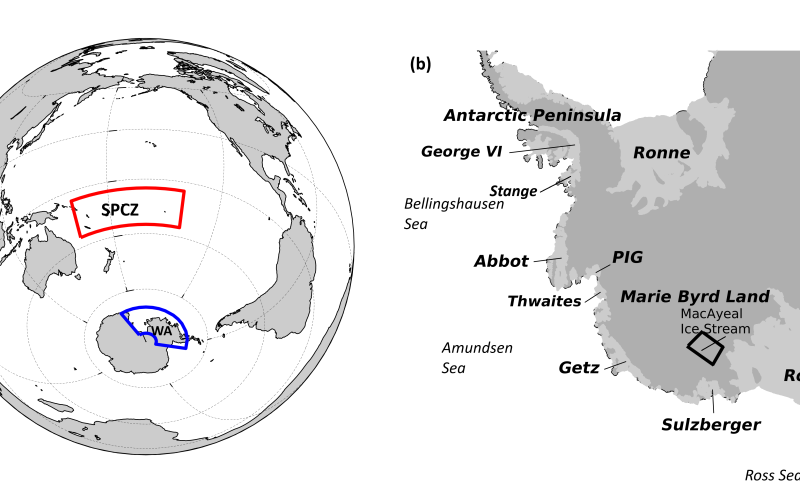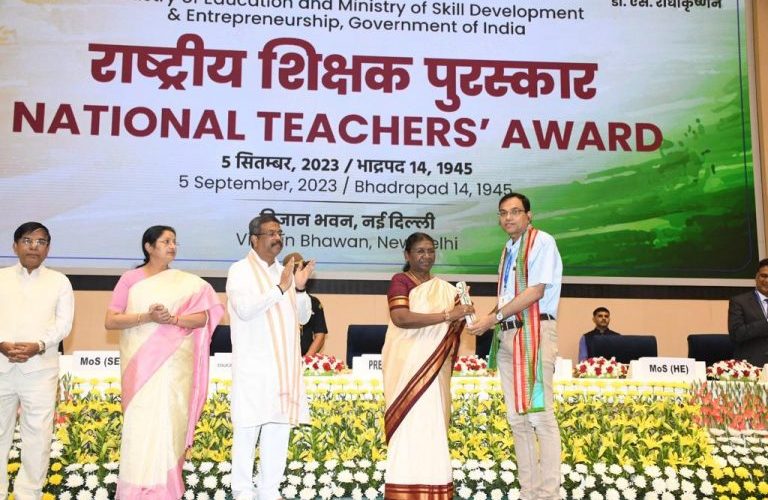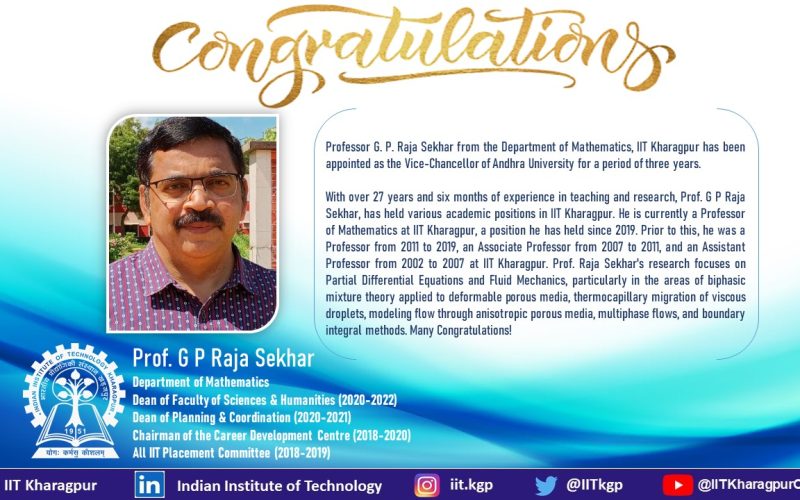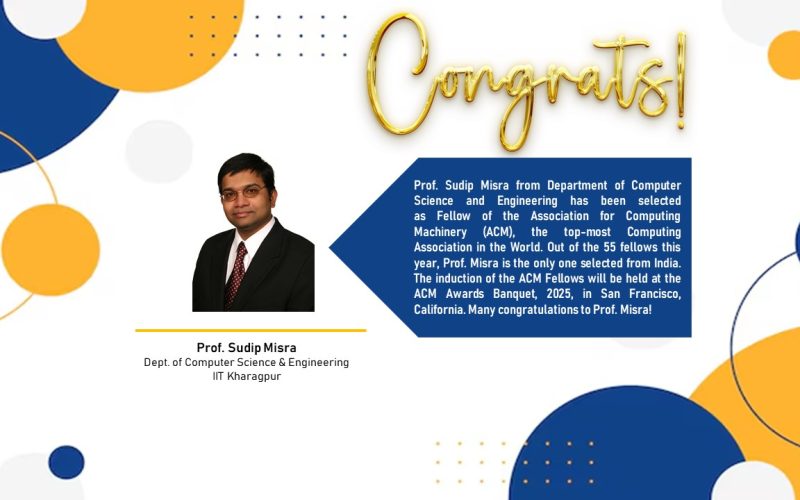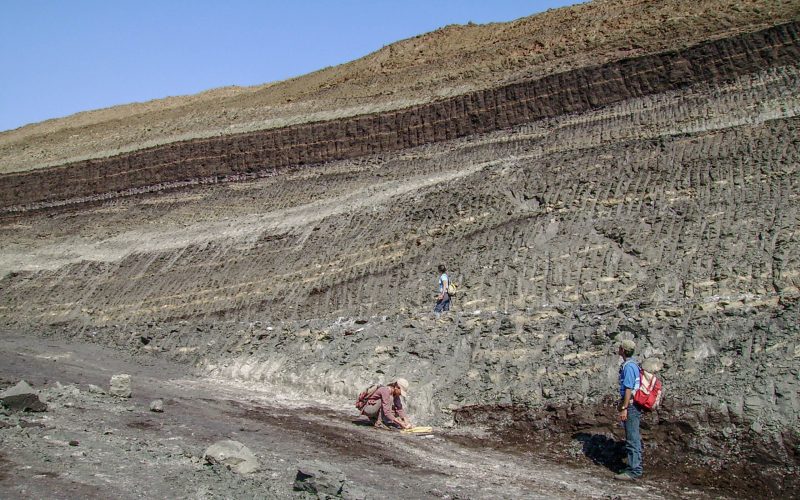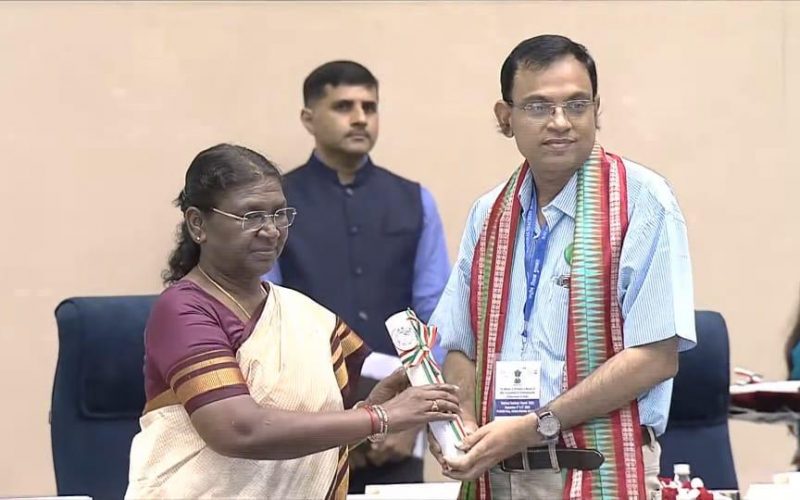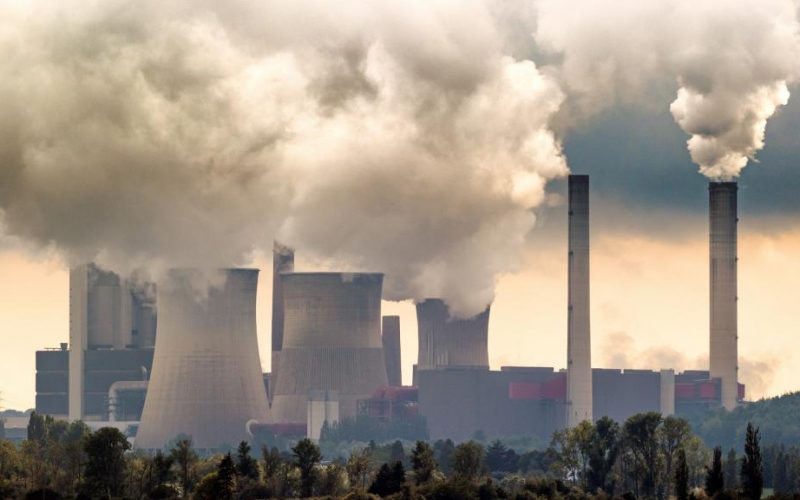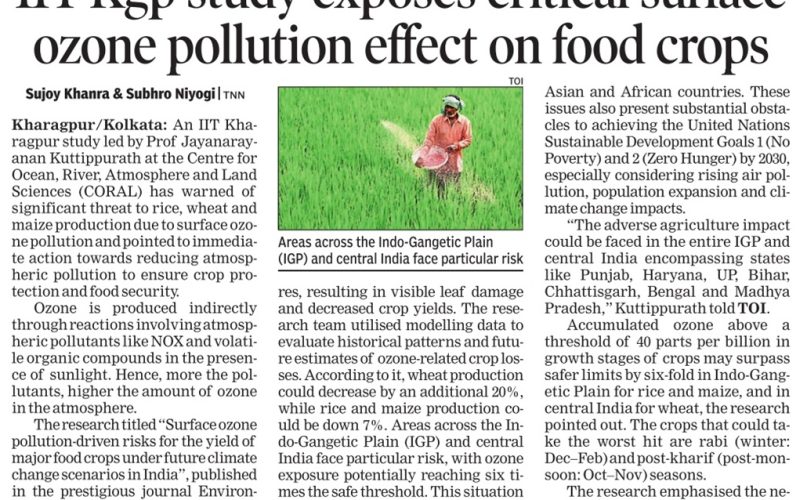
IIT Kharagpur reveals Alarming Impact of Surface Ozone Pollution on India’s Major Food Crops
A ground-breaking study by Prof. Jayanarayanan Kuttippurath and his research group at the Centre for Ocean, River, Atmosphere and Land Sciences (CORAL), IIT Kharagpur, has revealed severe risks of surface ozone pollution on India’s major food crops. Published under the title “Surface ozone pollution-driven risks for the yield of major food crops under future climate change scenarios in India”, the study highlights how ozone pollution, a lesser-known but potent threat, could drastically reduce agricultural yields in the country. The Indian and world staple food grains wheat,…

